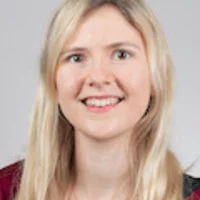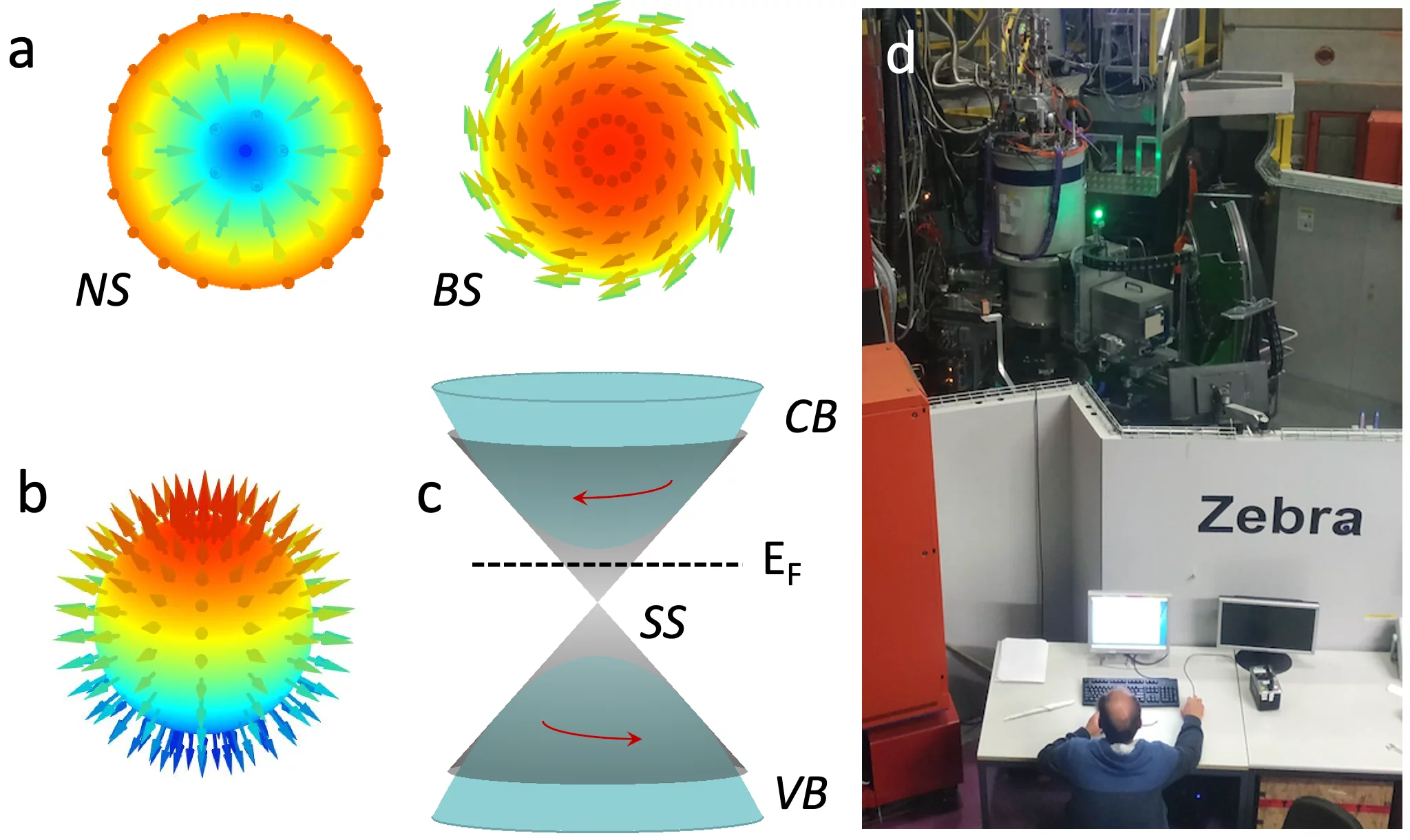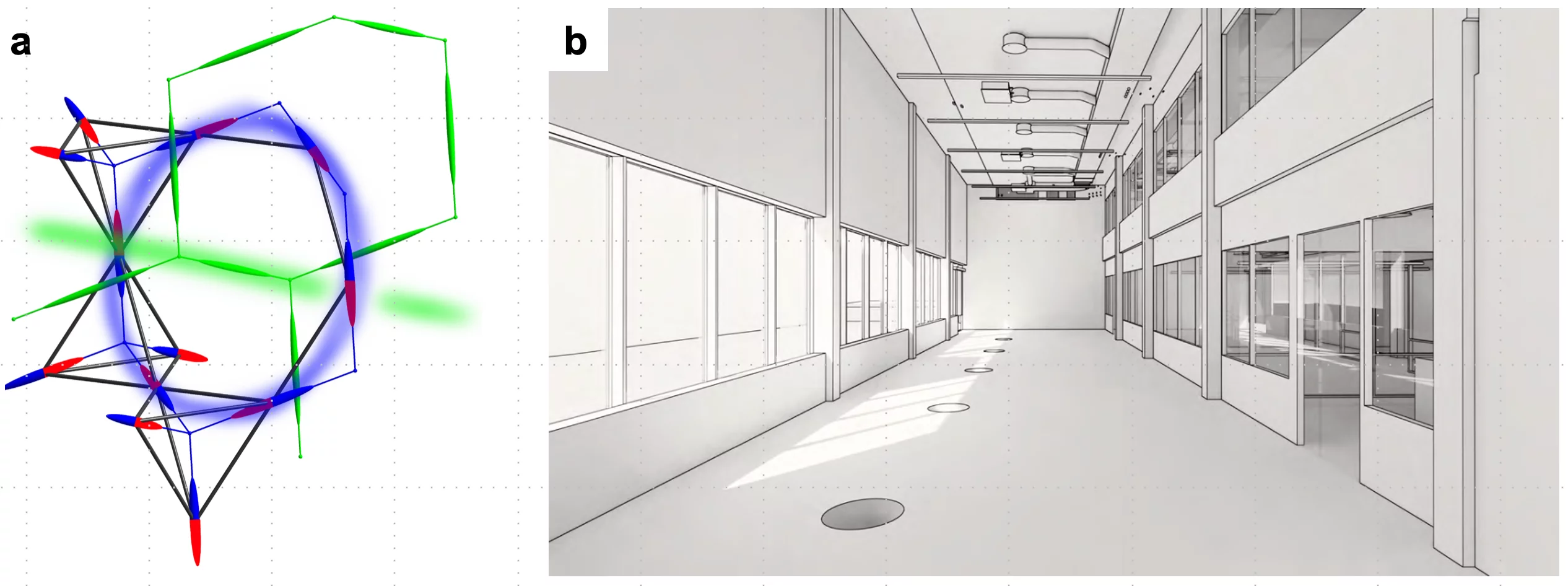Project funding is the largest funding scheme of the Swiss National Science Foundation (SNSF) with about half a billion Swiss francs invested every year in new projects. Applications can be submitted by experienced researchers working at a university or another institution in Switzerland that is eligible to receive funding. Two independent LNS projects on different topics of magnetism in condensed matter were approved at the last round of SNSF projects evaluation in September 2023.
The two projects concern ambitious explorations of quantum materials aimed at discovering and controlling topological properties or quantum orders, yet in very different types of materials and phases. This success illustrates the excellent research conducted at the PSI on quantum materials, especially using neutron scattering.
Topological spin arrangements
Oksana Zaharko and Stanislav Nikitin received approval for their collaborative project on the ‘Exploration of magnetic topologies by neutron scattering’ (0.95 million Swiss francs). They are looking for 2 PhD students and 1 postdoctoral researcher to join their team during the first half of 2024. The goal of the project is to search for topologically non-trivial features in magnetic arrangements and magnon spectra of correlated electron systems. The main research methods will include neutron diffraction and spectroscopy on single crystals, to study the topological properties of orders and excitations.
Quantum spin ices
Romain Sibille received approval to extend his work on ‘quantum spin ice’ materials using sample synthesis and neutron scattering, and to develop and apply new bulk probes at ultra-low temperatures (0.8 million Swiss francs). The latter is a partnership with Marek Bartkowiak, head of the sample environment group (LIN). Funding is secured for 1 PhD student and 2 postdoctoral researchers, and the project is intended to start in the second half of 2024. The research on the emblematic three-dimensional quantum spin liquid anticipated in rare-earth pyrochlore oxides is expected to benefit from laboratory space dedicated to studies at extreme conditions at the Quantum Matter and Materials Center (QMMC). This future building will ensure extremely low noise levels, as required in the proposed study of quantum spin liquids at ultra-low temperatures.
Contacts:
Dr. Oksana Zaharko Email: oksana.zaharko@psi.ch
Dr. Stanislav Nikitin Email: stanislav.nikitin@psi.ch
Dr. Romain Sibille Email: romain.sibille@psi.ch
Laboratory for Neutron Scattering and Imaging
Paul Scherrer Institute, Forschungsstrasse 111, 5232 Villigen PSI, Switzerland



